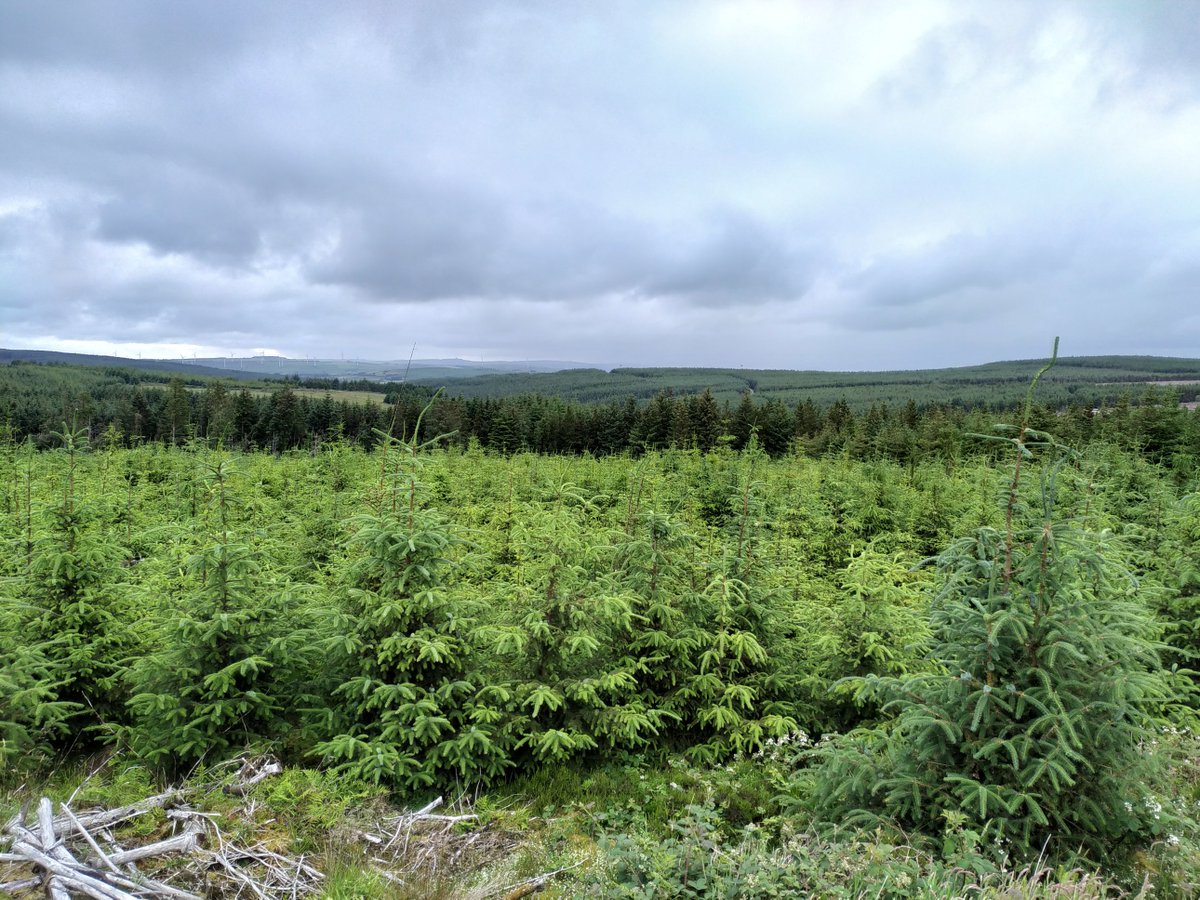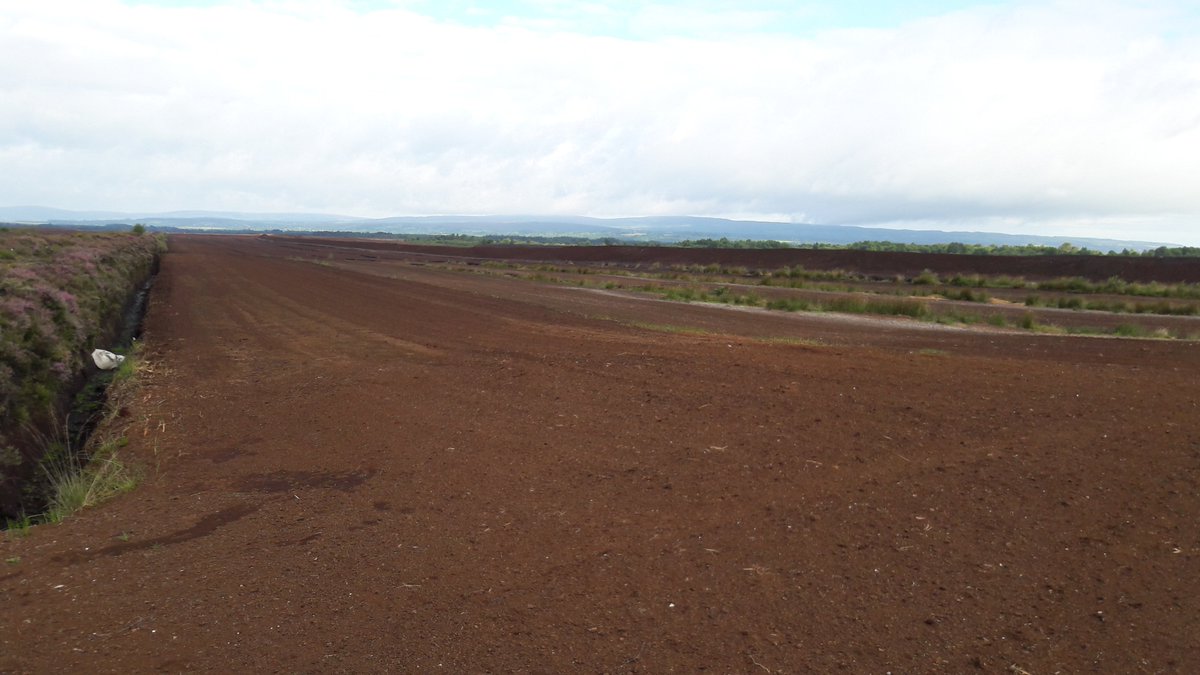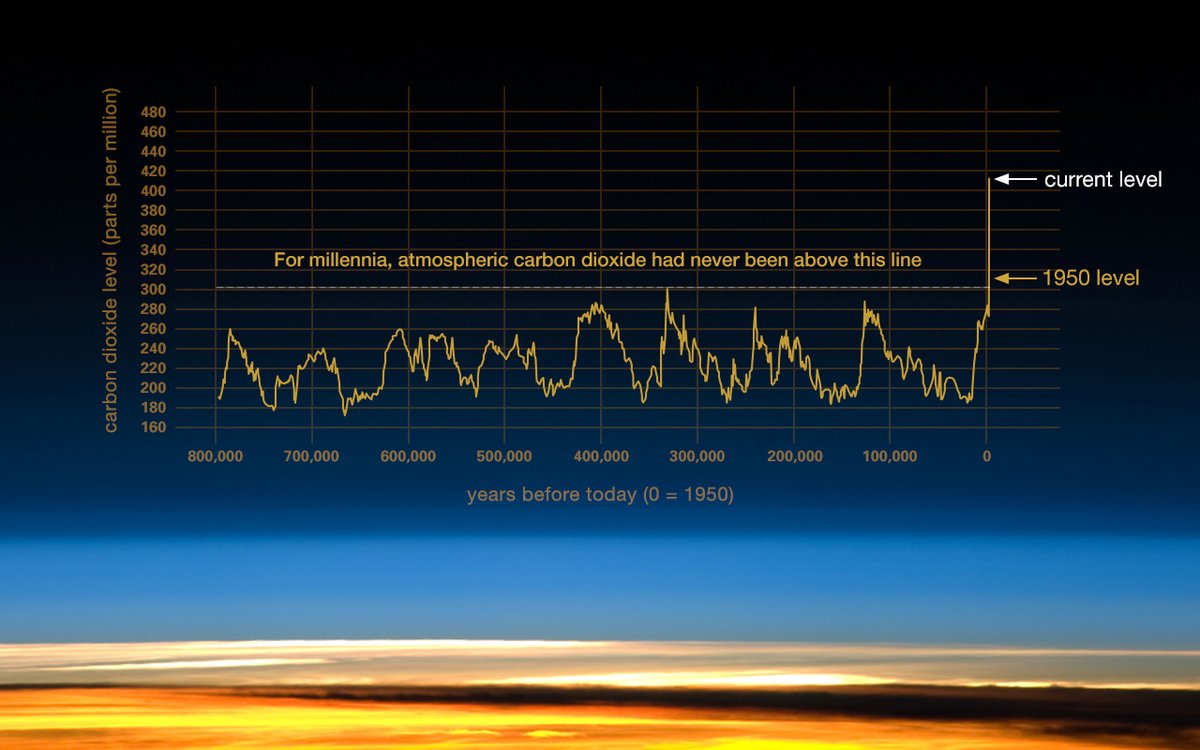
Thursday 🧵
1. In yesterday’s thread, we travelled the grim & dark road that is peat extraction in Ireland. Today, something brighter & jam-packed with potential for the environment in general, & for the climate in particular.
Folks, let’s talk REWETTING & RESTORATION



1. In yesterday’s thread, we travelled the grim & dark road that is peat extraction in Ireland. Today, something brighter & jam-packed with potential for the environment in general, & for the climate in particular.
Folks, let’s talk REWETTING & RESTORATION




2. First, we need to define what we mean by #rewetting and #restoration as these terms are frequently used interchangeably and often incorrectly.
3. @IPCC_CH Wetlands Supplement describes #rewetting as the management act (e.g. drain blocking, bund construction etc.) that is carried out to permanently #restore all the functions of the pre-damaged peatland, e.g. water level, plant species, carbon cycling. 

4. Others interpret peatland restoration as setting the site on the “pathway to full functioning”. However, for some modified peatland sites, such as grasslands, achieving full restoration will certainly not happen tomorrow and may require many, many human lifetimes.
5. In Canada, restoration is a legal requirement on peat extraction companies once extraction ceases. @RochefortLine and colleagues have been at the forefront of restoration research for decades and their methods have been exported to other countries.
https://twitter.com/PERG_GRET/status/1572928884601163780
6. In Ireland, one of the first large-scale peatland rewetting projects was established at a former extraction site at Turraun, Co. Offaly in the 1990s by @BordnaMona with the aim to create an amenity wetland. 

7. In the following decades, the @BordnaMona Ecology Team (@seewilkie @davidfallon8) fine-tuned rewetting methodology to deliver biodiversity and carbon benefits, rather than for amenity purposes.
Photos: @davidfallon8

Photos: @davidfallon8


8. Currently, under the Peatlands Climate Action Scheme, @bnm have committed to rewet 33,000 hectares of peatland (slightly less than 50% of their land holdings). @stephenbarry01 & colleagues are investigating carbon exchange at a number of locations.
bnmpcas.ie
bnmpcas.ie
9. At the same time, some domestic extraction sites have also been rewetted or are currently being rewetting by NPWS @DeptHousingIRL.
gov.ie/en/press-relea…
gov.ie/en/press-relea…
10. So, does rewetting work from a carbon perspective? Does it plug the enormous emissions from degraded sites? Does it lay the groundwork for carbon sequestration?
https://twitter.com/IrelandsEnviro/status/1579818169933639681
11. The first peatland carbon exchange research carried out at Turraun in 2002/03 was not promising. As the site had not been rewetted with carbon storage in mind, the water table fluctuated considerably with the result that it lost more carbon than it took in.
12. However, at the same time, new rewetting techniques (bunds, cells) were being put in place at sites, such as Bellacorick, Co. Mayo that were proving to be very successful in keeping the site wet and the carbon locked in. Photos: @seewilkie 



13. Between 2009 and 2013, we monitored carbon exchange at that site and found that water levels stayed up, CO2 emissions had stopped, methane emissions were relatively low, and we were in bonus territory with considerable CO2 uptake 🥳🥳🥳 

13. Other peatland rewetting studies in Ireland using similar techniques have since confirmed the very promising results from Bellacorick. 



14. Our most recent 5-year study at Moyarwood bog, Co. Galway has just been published. The 230-hectare site was drained in the 1980s for industrial extraction that never took place. Drain blocking was carried out in 2012/2013 and we commenced carbon measurements immediately. 

15. Our results showed that drain blocking was incredibly successful in rising the water table and the site rapidly switched from losing around 6 tonnes CO2 per hectare per year to taking up (sequestering) around 5 tonnes. GAME ON!!
16. While rewetting also resulted in a large surge of methane emissions, modelling work indicated that the site was having a less warming effect on the climate than the drained site, & that we can expect it to have a cooling climate effect by 2085, similar to natural sites.
17. Similar findings have been reported for peatlands elsewhere (see work by @terhorab
& @VytasH for example). Peatland rewetting is a triple win 👇
& @VytasH for example). Peatland rewetting is a triple win 👇
https://twitter.com/peatyGHG/status/1559828360431378432
18. The last few years have seen the establishment of a plethora of peatland carbon monitoring projects across the country specifically looking at post-extraction peatlands (e.g. @CarePeat). We await their findings with great interest.
Photos: @AitovaInNature @matts20000

Photos: @AitovaInNature @matts20000


19. In summary, evidence from Ireland and abroad clearly shows the environmental and climate benefits from rewetting peat extraction sites.
REWET & RESTORE, my friends, REWET & RESTORE.
REWET & RESTORE, my friends, REWET & RESTORE.
20. If this thread has sparked an interest in carbon and rewetted peatlands, feel free to visit and download any of the publications I have been involved with over the last 2 decades. Great bedtime reading. earthymatters.ie/publications
21. Tomorrow, I’ll be talking about forestry, carbon and peatlands.
• • •
Missing some Tweet in this thread? You can try to
force a refresh




















